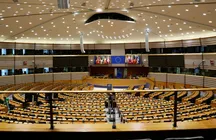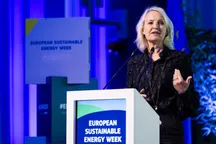Expected Impact:
The outcomes should contribute to:
- Prepare 2035/2040+ horizon, building European capabilities for new EU/NATO rotorcraft/VTOL programmes, fully compatible to future multi-domain combat collaborative systems.
- Develop technologies and concepts usable for upgrade of legacy platforms, where applicable.
- Support the competitiveness and excellence of the EDTIB, as well as the autonomy and sovereignty of EU and EDF Associated Countries, in the field of military rotorcraft.
- Increase the effectiveness and efficiency of EU Member States and EDF Associated Countries Armed Forces.
- Enhance the strategic autonomy and competitiveness of the EU Member States and EDF Associated Countries and their DTIB willing and able to develop new technologies for inclusion in future EU/NATO rotorcraft programmes.
The importance of rotorcraft in military operations is widely recognised as one of the most important VTOL assets/systems. Military rotorcraft act like workhorses of the battlefield, performing a variety of missions such as armed reconnaissance, strike, combat, combat and ordinary search-and-rescue (SAR), MEDical EVACuation (MEDEVAC), CASualty EVACuation (CASEVAC), utility, air assault and close aerial support, all of which are critical to the success of military operations.
After decades of European involvement in counter-insurgency type of operations, recent conflicts have marked the return of high-intensity confrontations very close to European Union territory, recalling that although military
...




